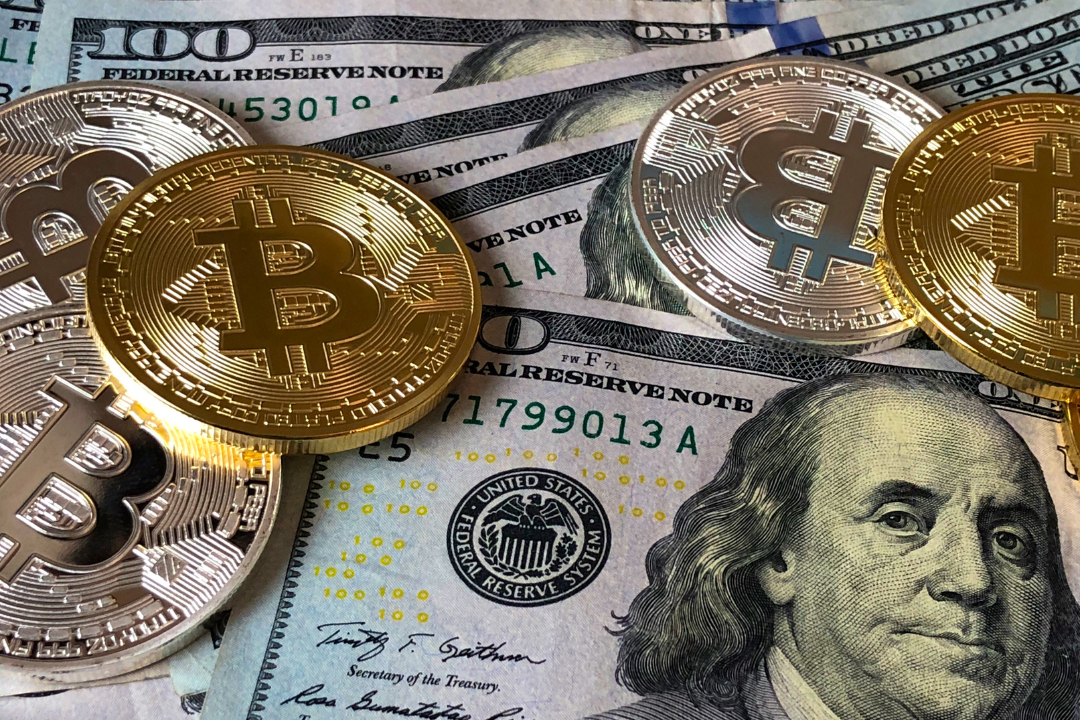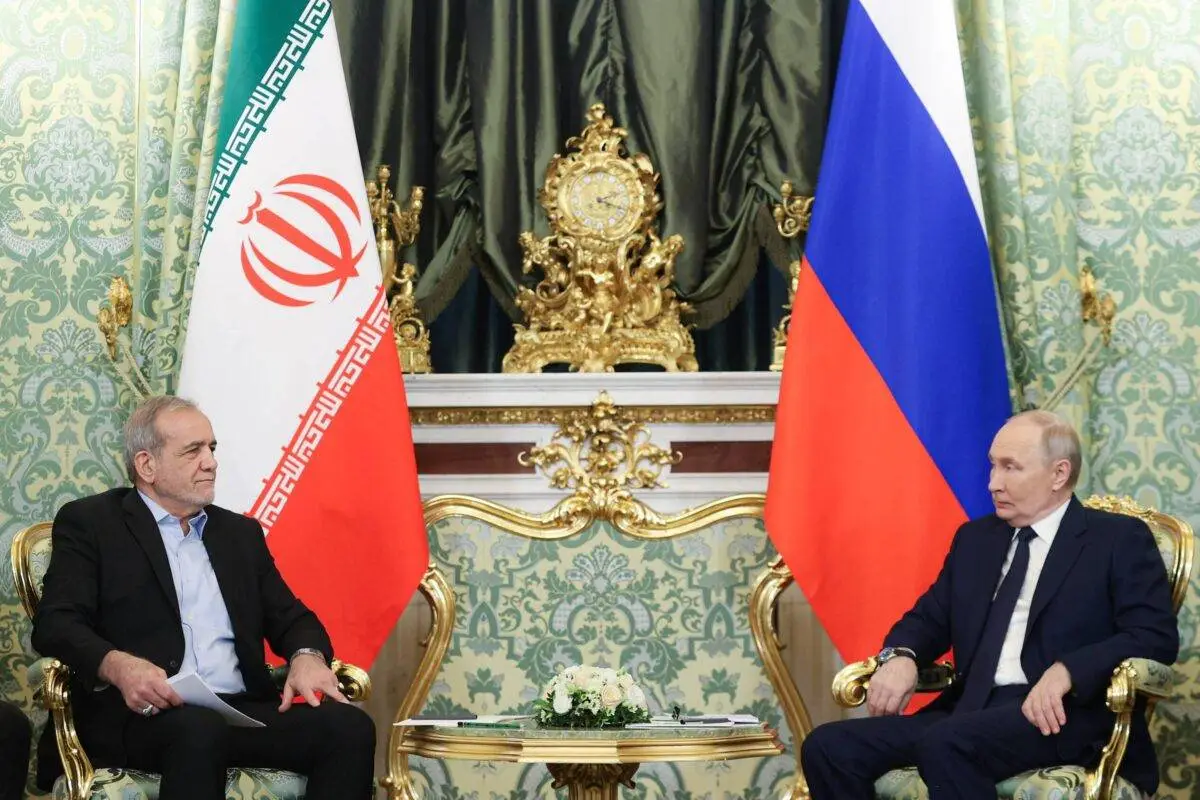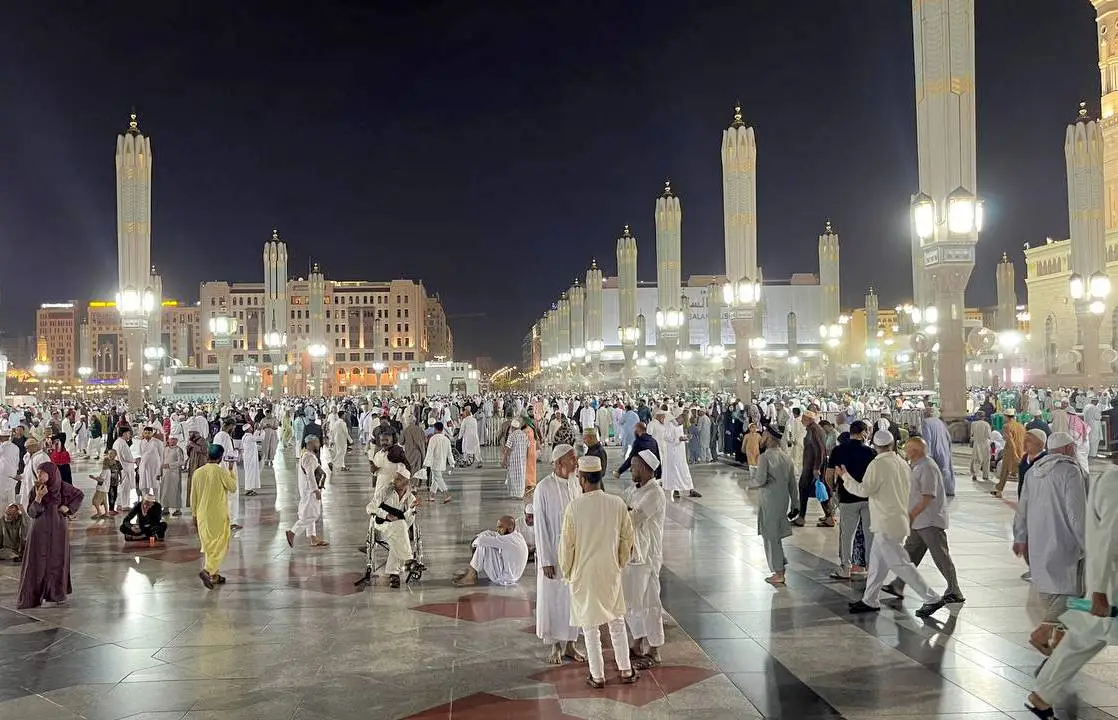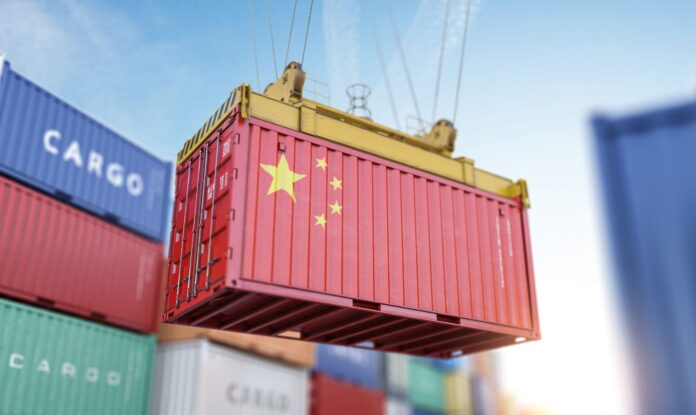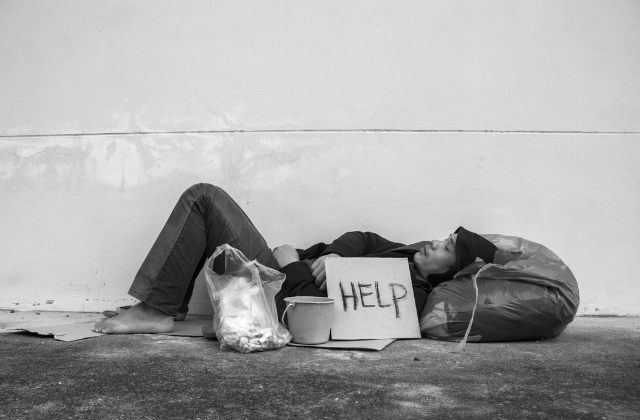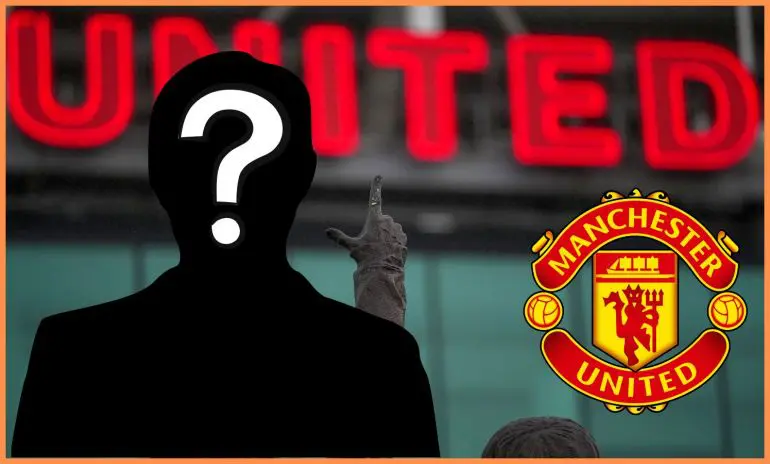The imposition of new tariffs under the Trump administration has sent ripples through the economic landscape, affecting various sectors and, specifically, the wealthiest individuals in the country. Analysts estimate that these tariffs could result in a stunning loss of approximately $208 billion for the richest Americans, highlighting the profound impact of economic policy on personal wealth. This staggering figure raises questions about the long-term implications for both the economy and the affluent class, who often wield significant influence over markets and public policy.
The tariffs, which primarily target imports from countries such as China, are designed to protect American industries by making foreign goods more expensive. However, the unintended consequences of this strategy have begun to surface. Many high-net-worth individuals, who have substantial investments in sectors reliant on global trade, find themselves facing a harsh reality. For instance, industries such as technology, which often source components internationally, may see their profit margins shrink as costs rise.
According to financial experts, “The impact is widespread, affecting not just manufacturers but also the consumers who ultimately bear the burden of increased prices.”
Moreover, the wealthiest individuals often invest heavily in the stock market, which has been volatile in response to the uncertainty surrounding tariffs. As stock prices fluctuate, the net worth of billionaires can change dramatically within a matter of days. This volatility has led to concerns among investors, as many worry that the economic stability they have come to rely on is now at risk.
“When you disrupt trade, you disrupt everything,” remarked an economic analyst, emphasizing the interconnectedness of the global economy.
Additionally, the new tariffs have sparked discussions about income inequality and the growing wealth gap in the United States. While the rich may be losing substantial amounts of money, lower-income families face rising prices for everyday goods. This disparity further complicates the narrative surrounding tariffs, as the wealthiest individuals navigate their losses while the general population grapples with increased living costs.

